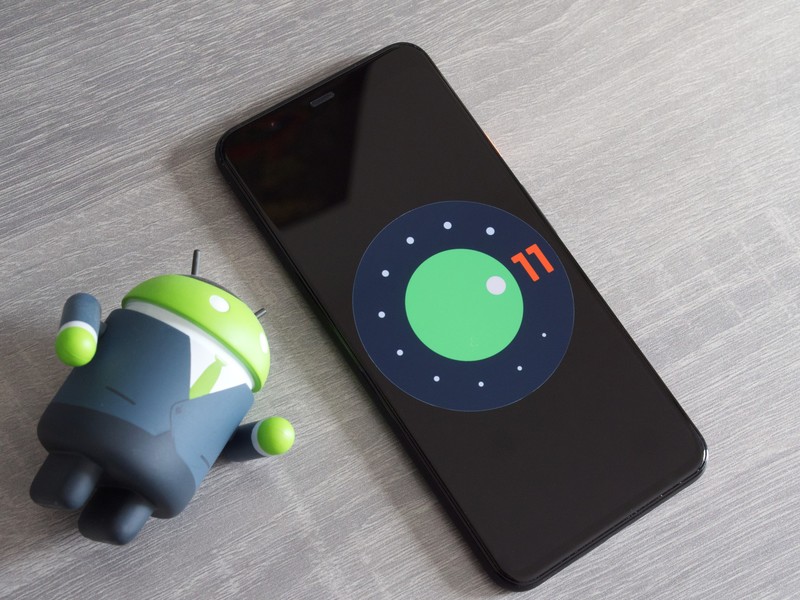advertisement
5 New Android 11 Features To Use Today
One of Google’s most important brain child’s, the Android operating system has been getting fresh, new updates since September. These…

One of Google’s most important brain child’s, the Android operating system has been getting fresh, new updates since September. These new features are completely changing the way people are using their phones. Reason? Simple, innovation. Innovation through new tricks up Google’s sleeves that is allowing their OS to keep pulling ahead of competitors.
From connecting third-party apps and voice-controlled Google Assistant in deeper, more useful ways, to new communication tools designed to make conversations easier, Android 11 brings a lot of important changes just as their nearest rivals from down the road on Silicon Valley- Apple, prepare for the launch of the Phone 12 with updated iOS 14 on October 13.
As competition with rival smart assistants like Apple’s Siri and Amazon’s Alexa continues to become more intense, Google has been adding more and more features to its digital helper, Google Assistant. Google Assistant isn’t just the default AI on Android phones, but is also weaved into the Google Home and Google Nest smart home devices (and even available on Apple devices loaded with certain Google apps).
advertisement
Here’s a look at six of the most interesting and useful updates coming to Android 11 phones in 2020.
Google Assistant now works with third-party apps
Android users have been able to open their email, send a text and control a whole litany of actions on their phones using Google Assistant, but the feature was limited to Android apps and services. Apple’s Siri, on the other hand, has been able to control third-party apps for a while now.
advertisement
But Google has evened things up. The company recently announced partnerships with 30 third-party apps, including Spotify, Etsy, and Discord, and says it expects to add more in the coming weeks and months.
Now Android 11 users will be able to accomplish tasks on specific apps by saying things like:
- “OK, Google, open Khaligraph Jones on Snapchat.”
Verified Calls lets you know who’s calling
advertisement
Its common to feel disgruntled when an unknown caller calls you. When your phone rings out of the blue, you want to know who’s calling and why. The Android app you use to make and receive calls has gotten some updates that should help you figure it out, even when you don’t recognize the number – just like iPhones can do.
Besides filtering spam, which works by silencing calls from numbers Google has identified as potentially fraudulent, Google has also introduced its Verified Calls feature, which authorizes certain businesses and shows you the company name, logo, reason for calling and a verification symbol.
There’s a similar program called Verified SMS for text messages.
Android can turn noises into push notifications
All kinds of things, from microwaves to fire alarms to visitors standing outside your front door, use sound to alert you. But if you have hearing loss or are wearing headphones, you might not catch them all. Android’s new Sound Notifications feature is meant to listen for all the beeps, buzzes and knocks around you, then alert you with a push notification on your phone
This goes to show how Google is making strides in ensuring a digitally more inclusive world.
Google Duo adds screen sharing, video voicemails
People who rely on Google Duo’s mobile-only video calling service to communicate with family and friends now have a couple of new ways to connect, through screen sharing and video voicemails with captions — two features Apple’s FaceTime still lacks.
To share your screen during a video call, tap the three dots in the bottom right corner, then tap Screen Share. A pop-up will ask if you want to share sensitive information on the call. Tap Start Now to accept.
To leave a video message, either wait for the call to go unanswered for 60 seconds or press Leave a video message while it’s still ringing. Follow the onscreen prompts, then tap Send. Captions will be added automatically.
Action Blocks app turns pictures into speech
The new Action Blocks app uses pictures and symbols to convey short phrases. Google calls it an “artificial voice for people with cerebral palsy, Down Syndrome, autism, aphasia, and other speech related disabilities.”
Again, an ode to Google making space for users with disabilities.